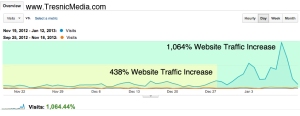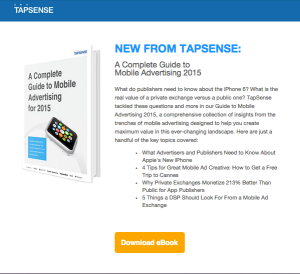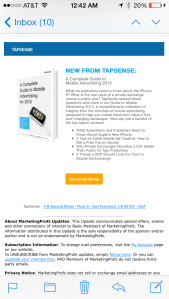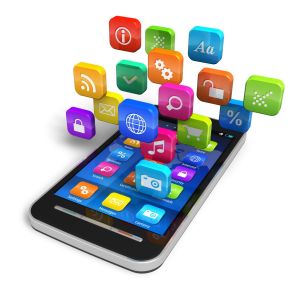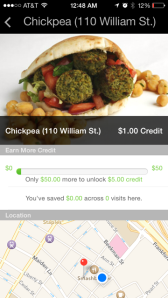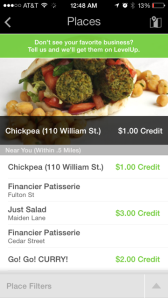Many businesses don’t understand that having a website doesn’t mean having a relevant presence in the Internet. If no one goes to your website, is the same as not having a website at all!
So, how do we get people to visit our website?
Last week Todd Giannattasio, the CEO of Tresnic Media went to NYU and talked about his personal success case. Tresnic Media needed traffic in their website, and they decided to do an experiment: they will start a blog, but not only that, they will post 50 blog-posts in 25 days.
The results were eminent. Within 5 weeks they increase their website traffic 483% and after their blog went viral it showed an increase of 1064%.
What can we learn from their success?
Content is the King, but the right content – Content marketing has become popular, however, not everybody knows how to do it properly. Tresnic Media has it a little bit easier in terms of content, as their business model is around information and content, so they leverage an asset they already had to create the blog posts. But this is not the only way to do it. If you are out of ideas, or have a blocked mind that day, you can always curate content. No matter what type of content you are using, the number one rule is to be relevant, relevant to the industry, business, or prospect clients. Actually, Todd described it in a very simple way: Blog as if you were writing an e-mail to a very important prospect client.
Frequency can take you places – They decided to write 50 post, as it seem to be the magic number for a lot of bloggers (enough content to engage readers at your blog), but notice that they added another variable; in 25 days! They set a timeline and a goal. Decide what your timeline is going to be, is it going to be once a month? Once a week? 2 times a day? Your readers are asking for consistency so they know what and when to expect something from you.
Sharing is caring – One thing we’ve learned from social media is that we are shareable beings. If we like something we share it with friends, family, colleagues. But don’t wait for people to share your blog post, make it available to them in platforms they use normally. Platforms like LinkedIn, Twitter, even Facebook, will help spread the word and drive more people to your blog and website.


